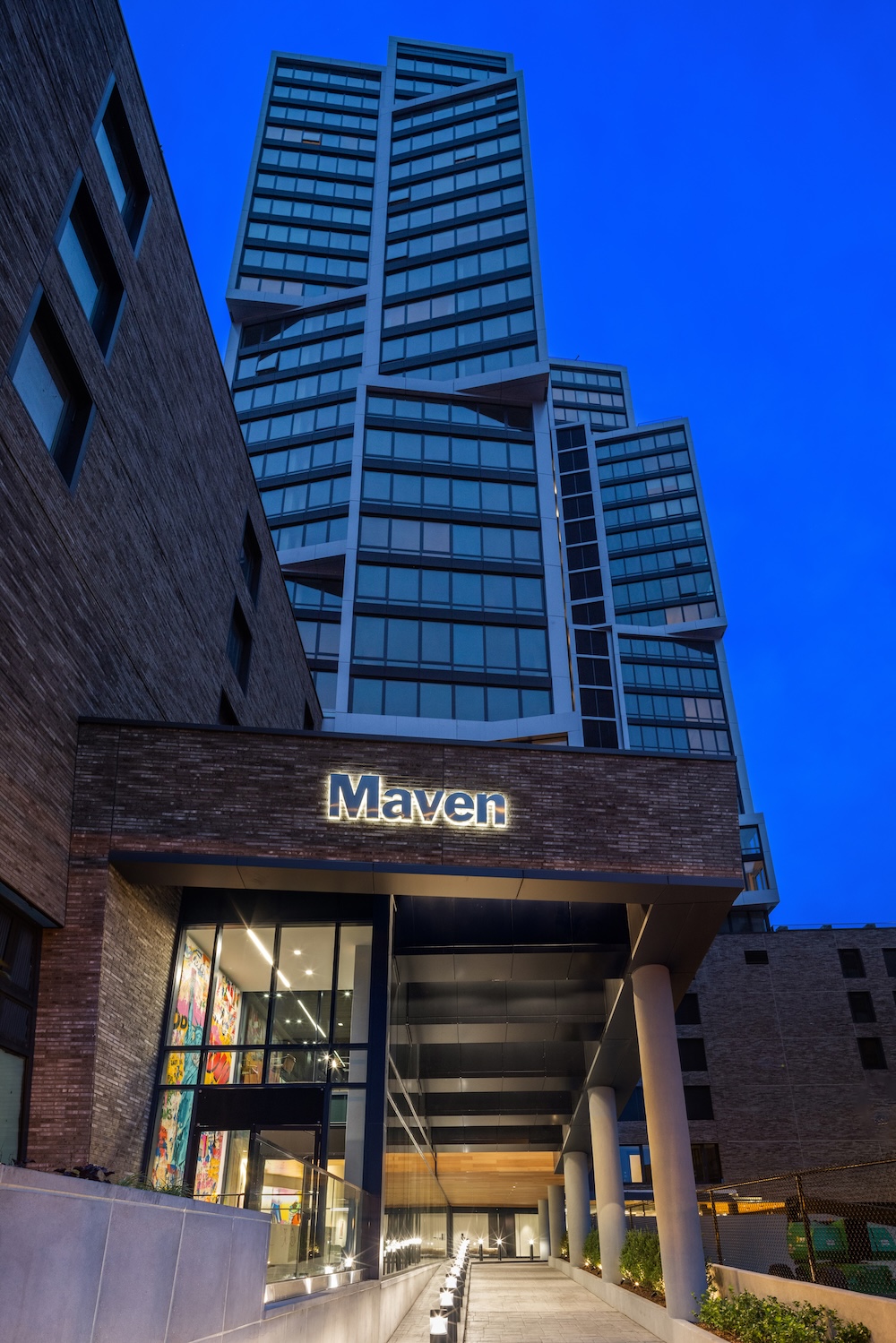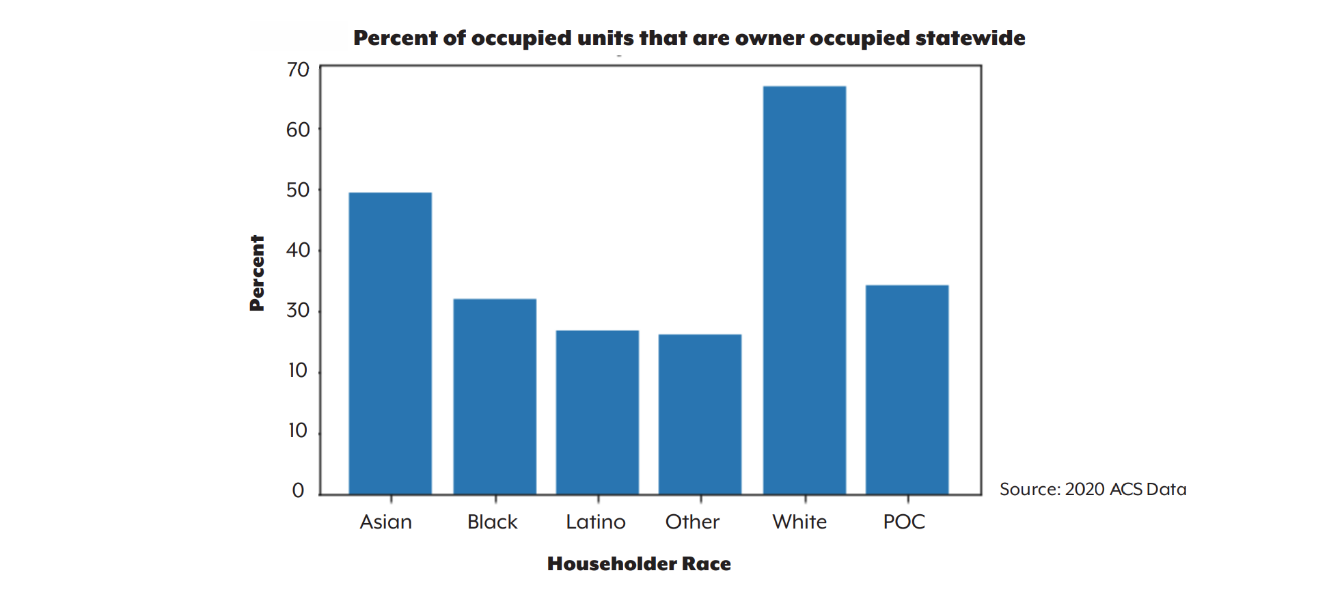
Funding Being Awarded and Distributed Through New York State’s Opioid Settlement Fund to Support Wide Range of Addiction Services Across NYS
Part Of Governor’s Ongoing Mission to Treat Addiction and Support Full Continuum of Services, and Fix State's Continuum of Mental Health Care
New York is a National Leader in the Amount of Opioid Settlement Funds Made Available and the Transparency of Disbursement Process
Governor Kathy Hochul today announced that New York has made available all the funding provided in the first year of the opioid settlement agreements. This funding, approximately $192.8 million, is supporting a variety of prevention, treatment, harm reduction, and recovery initiatives to help New Yorkers impacted by the opioid and overdose crisis.
“New York is not only leading the way in the efforts to hold opioid manufacturers and distributors accountable, we are taking swift action to put settlement dollars to work to reverse the harm they have caused,” Governor Hochul said. “These efforts are making a difference in communities across the state, and we are continuing to work to deliver further support and assistance so that all New Yorkers can access the services they need through a series of initiatives to address all types of behavioral health needs.”
New York State is receiving more than $2 billion through various settlement agreements with opioid manufacturers and pharmaceutical companies that were secured by Attorney General Letitia James. A portion of the funding from these settlements will go directly to municipalities, with the remainder deposited into a dedicated fund to support prevention, treatment, harm reduction and recovery efforts to address the ongoing opioid epidemic.
More than $192 million was deposited into the settlement fund account for the first fiscal year, and is being made available and awarded in accordance with the priorities of the New York State Opioid Settlement Fund Advisory Board as presented in the November 2022 report to the Governor and Legislature. This report detailed the expansion of harm reduction services and treatment as the Board’s top priorities.
The funding made available includes support for the following initiatives:
- Regional abatements for local governments. This funding is available to be spent by municipalities once they submit spending plans to OASAS.
- A scholarship program to support more than 300 individuals looking to enter or advance in the addiction services workforce.
- Transitional Safety Units, which provide funding for providers operating supportive housing programs.
- Funding for Recovery Centers to support their work in reaching individuals in recovery with non-clinical support and recovery information.
- The establishment of Comprehensive Integrated Outpatient Treatment Programs. These programs are a new initiative designed to address the need for integrated treatment, providing medication for addiction treatment (MAT) and other comprehensive health services in one location.
- Low-threshold buprenorphine services designed to facilitate same day access to MAT and addiction care management.
- Prevention coalitions and prevention programming and education targeted towards youth.
- The “Connections to Care” initiative to help underserved and high-need individuals access the full continuum of addiction care.
- Support for a transportation program providing access to destinations supporting individualized recovery efforts and goals.
- Funding to support outreach and engagement efforts that connect high-need individuals to harm reduction and treatment services.
- Services specifically for people who use drugs in priority populations, including to support evidence-based harm reduction strategies and to increase access to low-threshold medical services.
- Expansion of services offered within the State’s Syringe Service Programs / Drug User Health Hubs and funding for harm reduction supplies through the State’s Syringe Exchange Programs.
Additional information about these and other initiatives, and the status of settlement fund spending is available on the Opioid Settlement Fund Tracker on the OASAS website.
Preliminary data show more than 6,300 overdose deaths in New York State in 2022, with opioids involved in more than three-quarters of those deaths. In addition to the initiatives funding through the Opioid Settlement Fund, New York State continues to work to expand and enhance services through a series of other efforts to address this trend. These include the development of mobile medication units (MMUs) throughout New York State, which provide prevention, treatment, harm reduction, and recovery services, as well as connections to other addiction and primary healthcare services. This initiative is designed to help bring services to underserved areas and reach people who may face issues accessing treatment, by bringing services directly to them.
The State has taken significant steps to expand access to naloxone, including distribution by the Department of Health of more than 360,000 naloxone kits last year. To enhance access even further, OASAS recently launched a new ordering system for individuals and organizations to obtain naloxone, as well as fentanyl and xylazine test strips. Since launching, more than 70,000 naloxone kits have been ordered, along with more than two million fentanyl test strips and 1.4 million xylazine test strips. This new ordering system is part of the ongoing “Harm Reduction Delivered” campaign which also aims to educate New Yorkers about the services available across the state, and how to find help. The agency is also working to address stigma against those with addiction, and addiction treatment in general, through additional public awareness campaigns.
Governor Hochul’s multi-year $1 Billion Mental Health Care Plan recognizes the links between opioid use disorder and other forms of addiction, chronic homelessness, and severe mental health challenges. The plan includes increasing operational capacity for inpatient psychiatric treatment, creating 3,500 units of housing to serve New Yorkers with mental illness, increasing insurance coverage for mental health services and substance use disorder treatment, dramatically expanding outpatient services, and creating systemic accountability for hospital admissions and discharges to better address the needs of individuals suffering with chronic mental illness.
This plan includes the expansion of the Certified Community Behavioral Health Clinic (CCBHC) system, from 13 to 39 throughout the state. These are 24-hour centers that provide comprehensive services for those requiring behavioral health support, including for mental health and addiction, across behavioral, physical health, and social service systems. CCBHCs serve children, adolescents, adults, and older adults experiencing mental health disorders, substance use disorders, or both, including individuals with intellectual and/or developmental disabilities. Services are provided regardless of ability to pay, or county or city location of residence.
New York State has instituted an aggressive, multi-pronged approach to addressing the overdose epidemic, and created a nation-leading continuum of addiction care with full prevention, treatment, recovery, and harm reduction services. The state has worked to expand access to traditional services, including crisis services, inpatient, outpatient, and residential treatment programs, as well as medication to treat addiction, and mobile treatment and transportation services.
New Yorkers struggling with an addiction, or whose loved ones are struggling, can find help and hope by calling the state’s toll-free, 24-hour, 7-day-a-week HOPEline at 1-877-8-HOPENY (1-877-846-7369) or by texting HOPENY (Short Code 467369).










